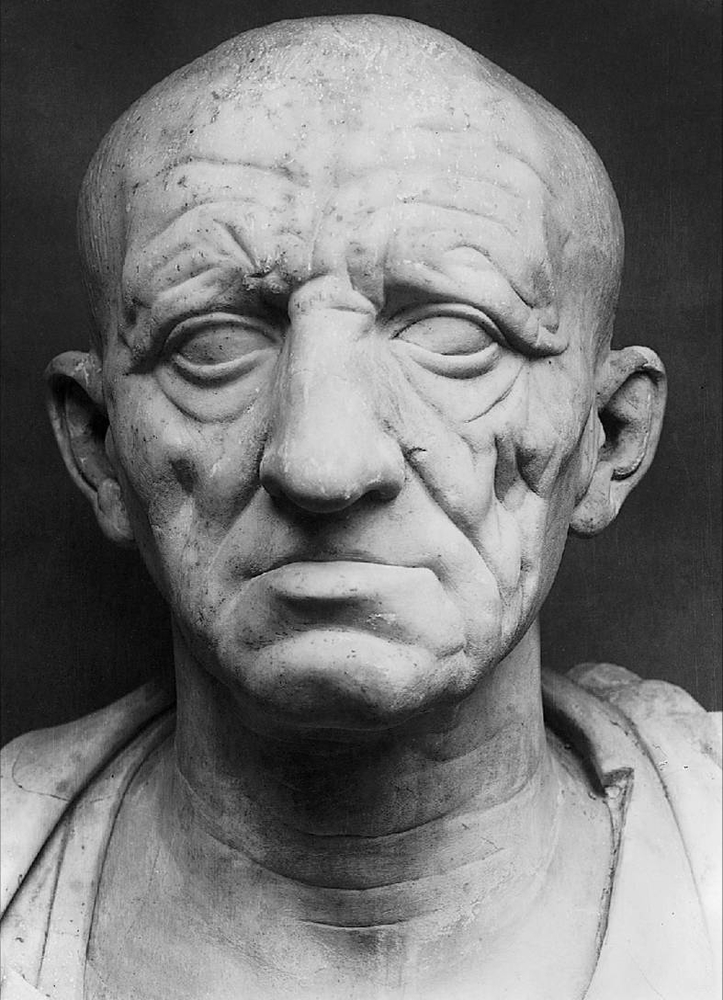More about Tate Britain

Sr. Contributor
Henry Tate got rich off the sugar industry, and scored a massive art collection spanning almost 400 years of British history.
Big Henry offered it all to the National Gallery in the 1890s, but the government didn't have enough space. The British wanted the collection bad, though, so they searched out the perfect spot to become a brand spankin' new museum hosting the Tate art collection. The only space that fit the bill was a tract of land that, until recently, had been the site of Millbank Penitentiary. The spot where prisoners were shipped to Australia. Remnants of the prison's moat can be found nearby, and the same pub that liquored up prison guards intoxicates museum staff and patrons to this day. The Tate has expanded since its inception to include three sister locations: Tate Liverpool, Tate St. Ives, and Tate Modern.
There's been a number of unfortunate losses connected with the museum. Stolen art that is. Especially in Germany. In 1988, Lucian Freud's Portrait of Francis Bacon was showing in Berlin. One minute a group of art students are fawning over the mini-painting (Germans are big fans of Freud), the next it's gone. Popular opinion holds that one of the students got sticky fingers. The Tate didn't take the insurance settlement from the case because the institution believes the culprit will eventually return the work. Given that the statute-of-limitations in Germany ran out in 2000, the thief could at least let everyone know the painting's okay, right?
Then, in 1994, the Tate lent two JMW Turner paintings to galleries in Germany. One night, the guards were shutting everything down and got gagged and tied up before setting the alarm. By morning, the paintings were long gone. While the thieves and their driver were arrested and convicted by 1999, the paintings were still at large. A lawyer with ties to the Balkan mob contacted British and German authorities and claimed to be able to get the paintings back for £3.1 million, with 10% paid up front. The British paid part of the fee and got one painting. The other remained lost when communication broke down. The Tate's director at the time tried to make certain that everyone kept quiet about the negotiations.
After the second Turner was recovered, the Tate went public alongside British and German authorities by stating that millions of pounds were paid to the lawyer for information, not to the thieves for ransom. BBC2 released a documentary some years later alleging that the lawyer gave the money to a German mechanic/bar owner/Dean Martin impersonator who stored the painting in his garage for the Balkan mob and fled to Brazil with the money. The Tate responded that it wasn't any of their business what the lawyer did with the money. Everything turned out great for the Tate, which got £24 million from the insurers and bought back the title on the paintings for just £8 million, pocketing enough to expand storage space for its massive collection.

Contributor
Rich industrialist Henry Tate tried to donate his British art collection to the National Gallery, but was turned down because the National Gallery did not have enough space.
The National Gallery did love the idea of a British art collection, so they went out and found a perfect site for a new museum - Millbank Penitentiary! This was the infamous prison from which English convicts were sent to Australia.
The prison building was demolished, the new museum built in its place, and the practice of sending convicts to Australlia discontinued. Occasionally some Brits will still make snarky remarks about it though. One famous footballer, when filling out an immigration form at Sydney airport, paused at the part of the form that asks if the traveler has any criminal background, and asked in a loud voice "criminal background? Heavens, is that still a requirement?"
Featured Content
Here is what Wikipedia says about Tate Britain
Tate Britain, known from 1897 to 1932 as the National Gallery of British Art and from 1932 to 2000 as the Tate Gallery, is an art museum on Millbank in the City of Westminster in London, England. It is part of the Tate network of galleries in England, with Tate Modern, Tate Liverpool and Tate St Ives. Founded by Sir Henry Tate, it houses a substantial collection of the art of the United Kingdom since Tudor times, and in particular has large holdings of the works of J. M. W. Turner, who bequeathed all his own collection to the nation. It is one of the largest museums in the country. The museum had 525,144 visitors in 2021, an increase of 34 percent from 2020 but still well below pre- COVID-19 pandemic levels. In 2021 it ranked 50th on the list of most-visited art museums in the world.
Check out the full Wikipedia article about Tate Britain



















